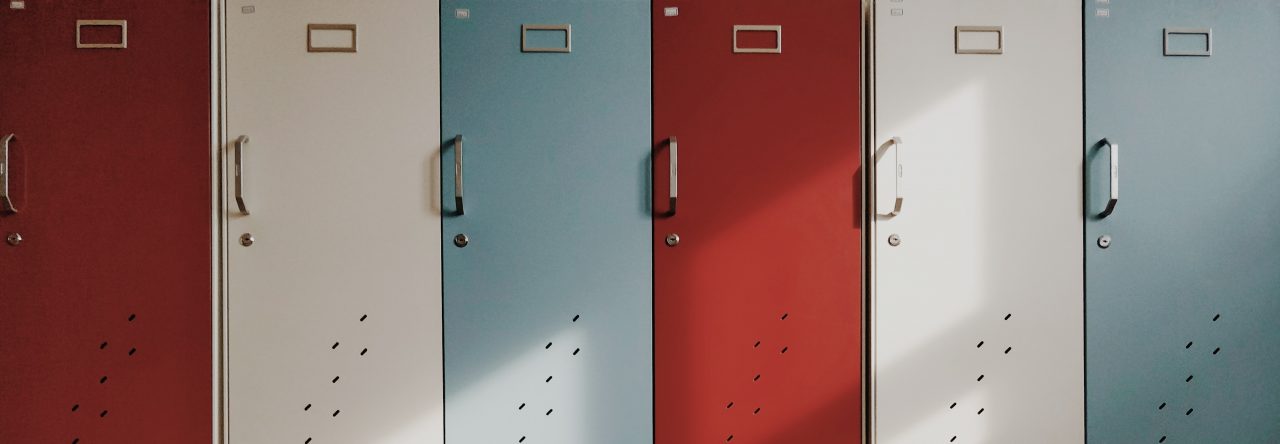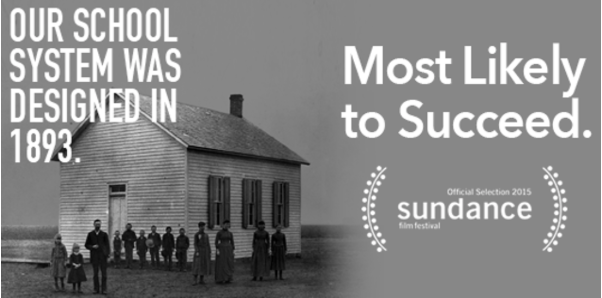
Should we allow flexibility in modality accessibility? What are the implications within a classroom context? How is this a human rights and a social justice issue? These are all questions that we discussed in EdTech on Friday.
I think that sometimes, as teachers, we can get locked into our own preferences and biases. The binary that exists in high school and most universities is courses are either taught face-to-face, or online. In online learning, there is not usually a set time and dates for the class and the professor to meet online, even though the resources to have “face-to-face” learning online very much exist, and are actually becoming more accessible and affordable. Students have to self-regulate, deciding what times they are going to go online to do coursework, so their self-accountability is huge.
Another method includes blended learning: a mix of face-to-face time and online learning. There are benefits to this method, but the learning is not increased in this scenario. It does not meet mobility needs.
Multi-access learning is seemingly the best solution. It includes video-conferencing, face-to-face, and online learning. It is inclusive rather than exclusive because everyone’s preferred method is addressed.
There are so many different needs that learners have, including many different physical and mental health needs that some learning styles obstruct. Using multi-access learning can help learners that are normally barred from traditional classroom settings learn like the rest of their community.



